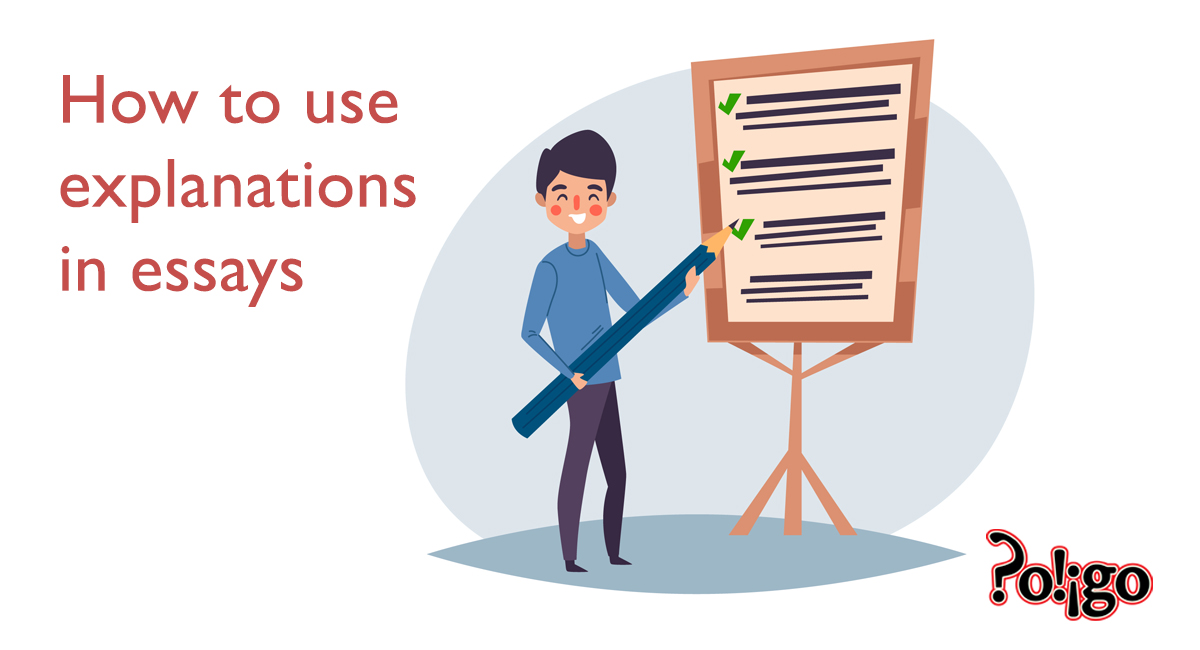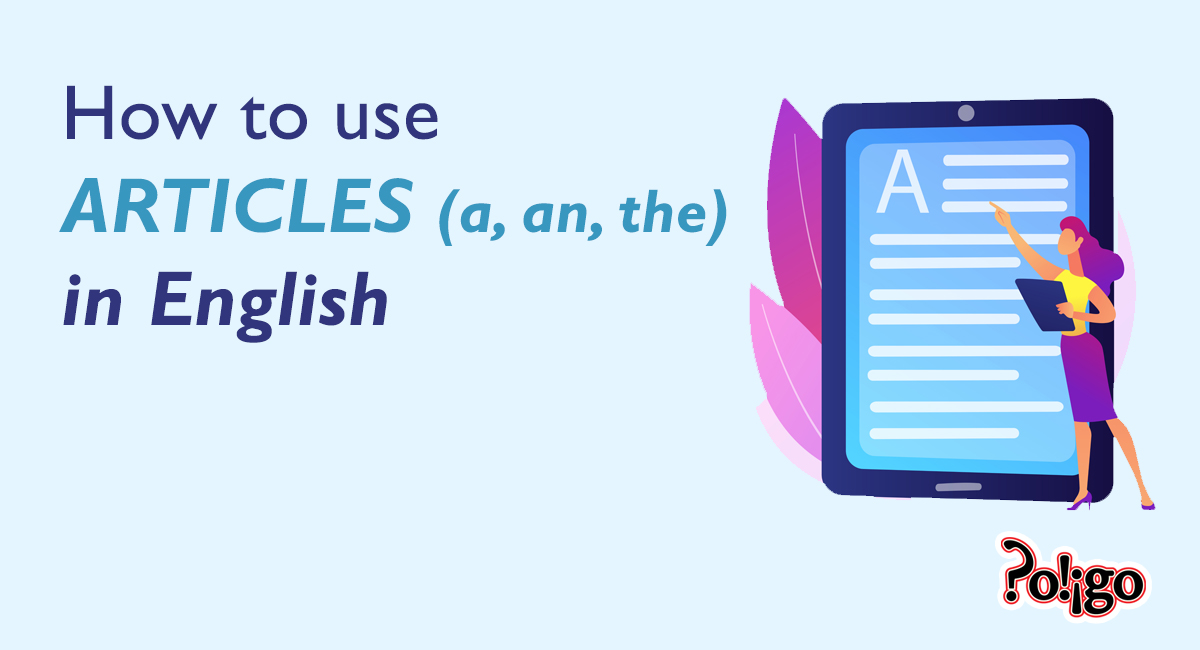
How to Use Explanations to Strengthen Your Argument in Essays
While examples give evidence, explanations clarify why the evidence matters and how it supports your argument. Strong explanations strengthen your essay by making your reasoning clear and convincing to the reader.
An explanation acts as a bridge between your evidence and your argument. Without it, your reader might not understand the relevance of your example. Explanations help answer the question, "So what?" -showing why your evidence is meaningful and how it supports your point.
How to introduce explanations effectively:
Transition phrases to connect your example to your explanation:
- This demonstrates that ...
- This means that ...
- This suggests that ...
- As a result, we can see that ...
- This highlights the importance of ...
Weak Explanation:
Many students struggle with time management. For example, a survey showed that %60 of students procrastinate doing assignments.
-> This doesn't explain why procrastination is a problem or how it affects students.
Strong Explanation:
Many students struggle with time management. For example, a survey showed that 60% of students procrastinate doing assignments. This demonstrates that poor time management is a widespread issue among students, which can lead to increased stress and lower academic performance.
Practice 1:
Complete the following sentences by adding an explanation:
1. Learning a second language can improve cognitive function. For example, bilingual individuals tend to have better problem-solving skills. This suggests that ...
2. Regular exercise is beneficial for mental health. For instance, people who engage in physical activity report lower levels of anxiety. As a result, we can see that ...
3. Reading fiction enhances empathy. Studies show that people who read novels are better at understanding others' emotions. This highlights the importance of ...
Practice 2:
Revise the following paragraph by adding explanations to strengthen the argument:
Many people prefer online learning over traditional classrooms. For example, students can access lectures from anywhere and study at their own pace. Additionally, online courses often cost less than in-person classes. ....




